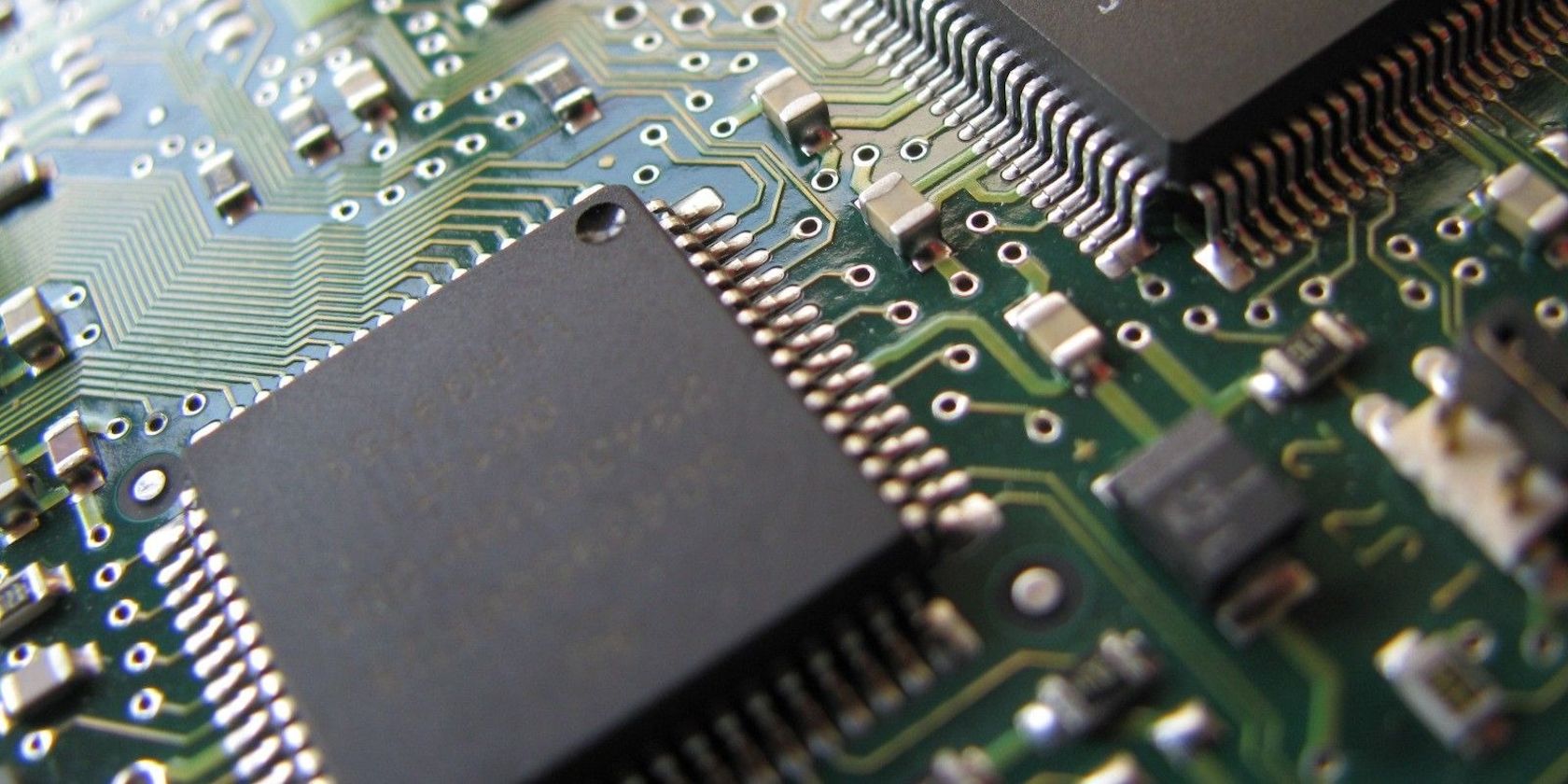Recent news reports have indicated that the technology industry is experiencing a global chip shortage in 2021.
While some manufacturers say that this shortage is easing, the deficit is still affecting some sectors. So what caused this chip shortage, and when is it likely to end? And most importantly, what does that mean for smart home consumers and manufacturers?
What Is the 2021 Chip Shortage and What’s Causing It?
Many will remember the increased demand for bathroom paper products at the beginning of the COVID-19 pandemic. Store shelves were empty, and finding toiletries seemed like a never-ending struggle. After 2020’s toilet paper panic ended though a new shortage was on the horizon. In 2021, the same type of scarcity would affect a different industry—semiconductors.
The supply of these semiconductors, colloquially known as “chips,” began to disappear. In turn, the short semiconductor supply would trickle down to other types of chips. This resulting supply problem has culminated in a global chip shortage with many tech industry members wringing their hands. So what caused the shortage?
Several sources report that the COVID-19 pandemic is to blame. When the pandemic hit its peak, vast amounts of people were already purchasing electronic devices en masse. Webcams, laptops, graphics cards, monitors, and other work-from-home essentials flew off store shelves and into workers' homes. The enormous demand caused supplies from many major manufacturers to dwindle, and production just couldn’t keep up.
Though the pandemic may be the primary culprit for the chip shortage, some are suggesting other factors. A few scattered reports indicate the China-U.S. trade war as influential to the problem. Others suggest the recent Taiwanese drought has affected global semiconductor production.
While it’s difficult to determine the individual role of these events in this shortage, the bottom line is that electronic chips aren’t as available as they once were despite an insatiable demand. For many companies, including smart home product manufacturers, this is a serious concern.
What Does This Chip Shortage Mean for Smart Home Devices and Manufacturers?
In March, Reuters reported that smart home manufacturer Xiaomi's president Wang Xiang indicated the chip shortage could increase operating and production costs. While Wang wasn’t representing every company in the industry, others reported similar concerns about scope and timeline.
In an interview with 60 Minutes, Intel CEO Pat Gelsinger stated that this chip shortage could continue into 2022 or after.
But while it’s difficult to predict future outcomes, it's safe to assume that this shortage could drive up prices. Shortages may also mean longer shipping and delivery times for online smart home purchases.
Unfortunately, this news indicates things may get worse before they get better. But some manufacturers aren’t comfortable waiting for the tide to turn.
In March, Intel announced a $20 billion plan to expand manufacturing operations in the United States. Its strategy includes opening Intel plants to outside customers and constructing additional manufacturing facilities. In Taiwan, Taiwan Semiconductor Manufacturing Company (TMSC), a major semiconductor manufacturer, announced that it would spend $28 billion to increase its production.
Timelines on these projects are unclear, but unfortunately, they aren’t quick fixes. That means until the shortage wanes, smart home consumers will have to wait patiently until manufacturing can catch up to demand.
Patience, however, isn't ideal for a market that saw huge increases during the pinnacle of the COVID-19 pandemic. In January, a report by Safewise showed that 85% of locked-down consumers purchased smart home products in 2020. Based on Safewise’s research, many people bought these products to ease the burden of a world increasingly blurring the lines between home and work.
Smart TVs, smart speakers, lighting, and security equipment purchases soared, as those quarantined tried to comfort themselves from what looked like the plot of an apocalyptic horror movie. However, despite recent pandemic restrictions easing, the smart home market’s momentum doesn’t seem to be slowing.
How Long Will This Chip Shortage Last?
Currently, an end date is anyone’s guess. Some sources speculate that the manufacturing issues will continue into 2022. Others say that the brunt of these problems will subside in a few months. This tune is one that many cautious consumers have heard before.
But some industries are already seeing the first blossoms of relief. On June 3, The New York Times reported that GM is increasing the production of its automobiles as shortage pressure eases. Does that mean the smart home industry isn’t far behind? The answer to that question is still up for debate.
What Can Smart Home Consumers Do Until the Chip Shortage Ends?
At this point, the best thing for most people is to stay calm and recognize there is an end in sight. While it’s hard to speculate exactly when the shortage will turn around for the smart home industry, it’s important to acknowledge that the chip shortage is temporary. Patience is almost always the best ally for situations such as these.
It’s also important to remember that smart home products aren’t usually necessities. Most purchases are strictly convenience-based. Many of these products will be back in stock and on store shelves after the recent chip shortage is over. For those used to instant gratification and two-day shipping, this might cause frustration.
For consumers unwilling to remain patient, there is always used technology. Sites like eBay and Offerup often provide smart home devices at lower-than-retail prices. That means some people might walk away with a product they love and a few extra dollars in their pocket. Buying used also carries an additional environmental benefit by keeping electronic devices out of landfills.
Finally, smart home buyers can repurpose their existing smart home tech to better suit their needs. Considering different configurations or automations might make life easier temporarily until production volumes return to normal. While these suggestions might not work for everyone, for some, they can be helpful.
Coping With Unexpected Shortages Isn’t Always Easy
Both manufacturers and consumers are feeling the squeeze of the 2021 chip shortage. High demand coupled with low supply means that prices on smart home items will likely rise.
Shipping and delivery times may also increase, and products purchased from overseas might experience severe delays. For smart home tech, this means that buying new items may be a bit dicey. At least temporarily.
But while there isn’t a precise date when this global chip shortage will end, there are signs that it is easing for some industries. Whether the smart home industry feels that relief soon is something that is still debatable. However, an end to the madness should come eventually.
Though these events may be frustrating to some if 2020 taught consumers anything, it’s that sometimes all you can do is wait until things change, even if that means enduring some significant discomfort.




